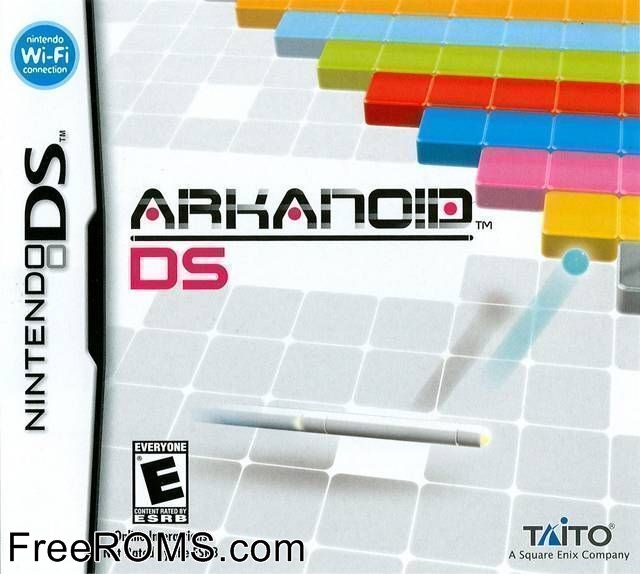

The game builds on the overall block breaker concept established in Atari's Breakout, a widely-successful arcade game that spawned a long series of similar clone games by other manufacturers. This led to a competition being held within the company to design the new game which was jointly won by Fujita and Tsujino, who were then instructed to combine their ideas into a single project.

The company's sales department requested a new block breaker arcade game due to the genre beginning to see an upturn in popularity, following a steady downfall in the early 1980s. The game is over regardless of the outcome.Īrkanoid was designed by Akira Fujita and Hiroshi "ONIJUST" Tsujino, both of whom were members of Taito's Yokohama Research Institute. Once this point is reached, the player no longer has the option to continue after running out of lives, making this segment more difficult. On the final stage (33 on most versions, but 36 on the NES), the player takes on the game's boss, "DOH". There are game variations (bricks that have to be hit multiple times, flying enemy ships, etc.) and power-up capsules to assist the player (expand the Vaus, multiply the number of balls, equip a laser cannon, break directly to the next level, extra Vaus, etc.), but the gameplay remains the same. When all the bricks are gone, the player advances to the next level, where another pattern of bricks appears. The ball striking a brick causes the brick to disappear. The player controls the "Vaus", a space vessel that acts as the game's "paddle" which prevents a ball from falling from the playing field, and attempts to bounce the ball against a number of bricks.

A small paddle-shaped craft, the Vaus, is ejected from the Arkanoid. Its plot involves the starship Arkanoid being attacked by a mysterious entity from space named DOH. Arkanoid was ported to many home video game platforms, including the Commodore 64, Nintendo Entertainment System, ZX Spectrum, and (years later) mobile phones, and it spawned a long series of sequels and updates over the course of two decades.Īrkanoid is a block breaker video game. The game revitalized the genre and set the groundwork for many games to follow. The game was commended by critics for its gameplay, simplicity, addictive nature, and improvements over the original Breakout concept. It became a major commercial success in arcades, becoming the highest-grossing table arcade cabinet of 1987 in Japan and the year's highest-grossing conversion kit in the United States. The enemy and power-up designs were 3D models converted into sprite art.Įarly location tests for Arkanoid surpassed Taito's initial expectations. Level designs were sketched on paper before being programmed and tested to make sure they were fun to play. The film Tron served as inspiration for the game's futuristic, neon aesthetic. It was part of a contest within Taito, where two teams of designers had to complete a block breaker game and determine which one was superior to the other. Other blocks may be indestructible or require multiple hits to break.Ĭreated by Taito designers Akira Fujita and Hiroshi Tsujino, Arkanoid expanded on the concept established in Atari's Breakout, a successful game in its own right that was met with a large wave of similar clone games from other manufacturers. Some blocks contain power-ups that have various effects, such as increasing the length of the Vaus, creating several additional balls, or turning the Vaus into a laser cannon. Controlling a paddle-like craft known as the Vaus, the player is tasked with clearing a formation of colorful blocks by deflecting a ball towards it without letting the ball leave the bottom edge of the playfield. In North America, it was published by Romstar. Arkanoid is a 1986 block breaker arcade game developed and published by Taito.


 0 kommentar(er)
0 kommentar(er)
